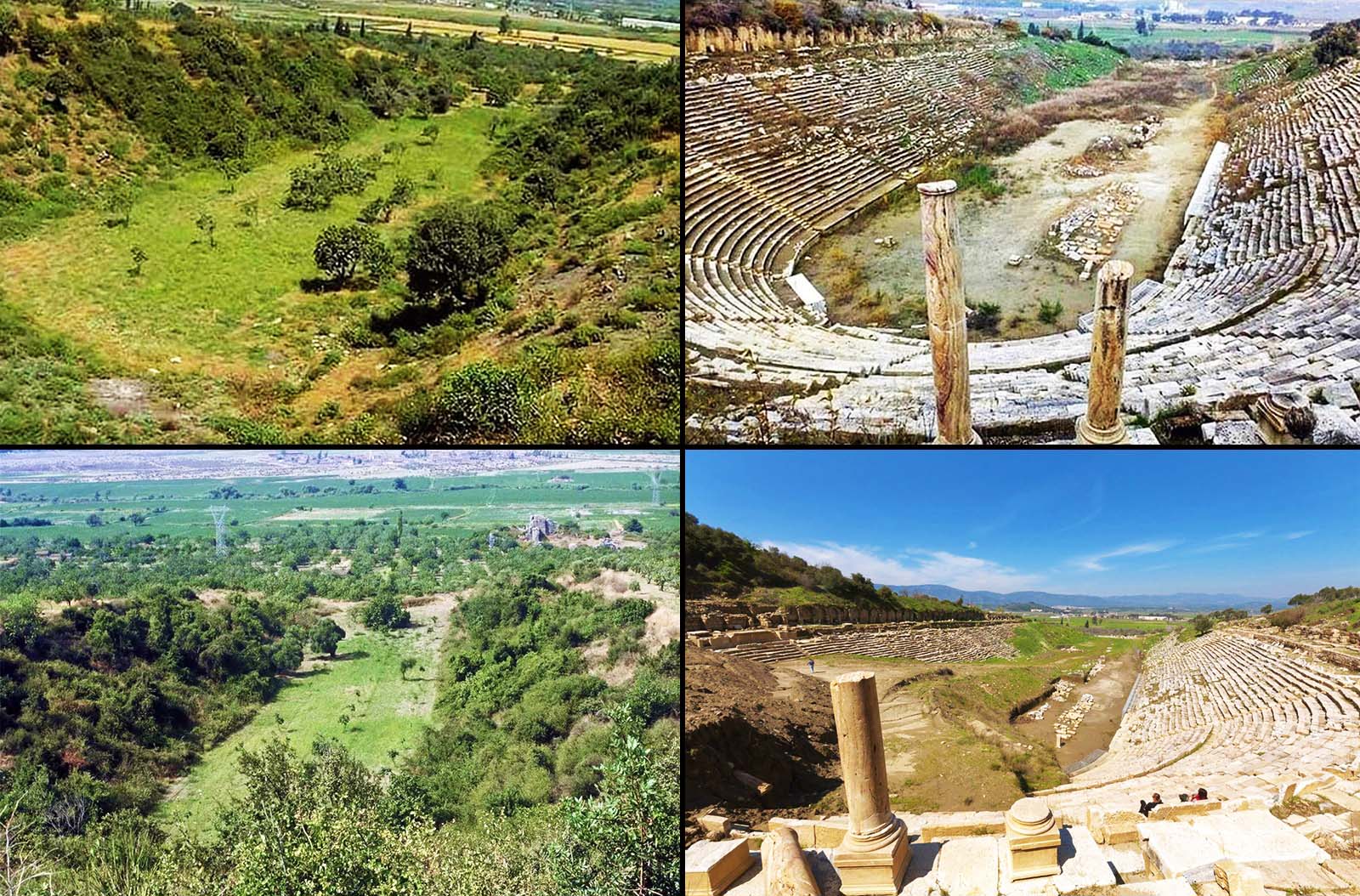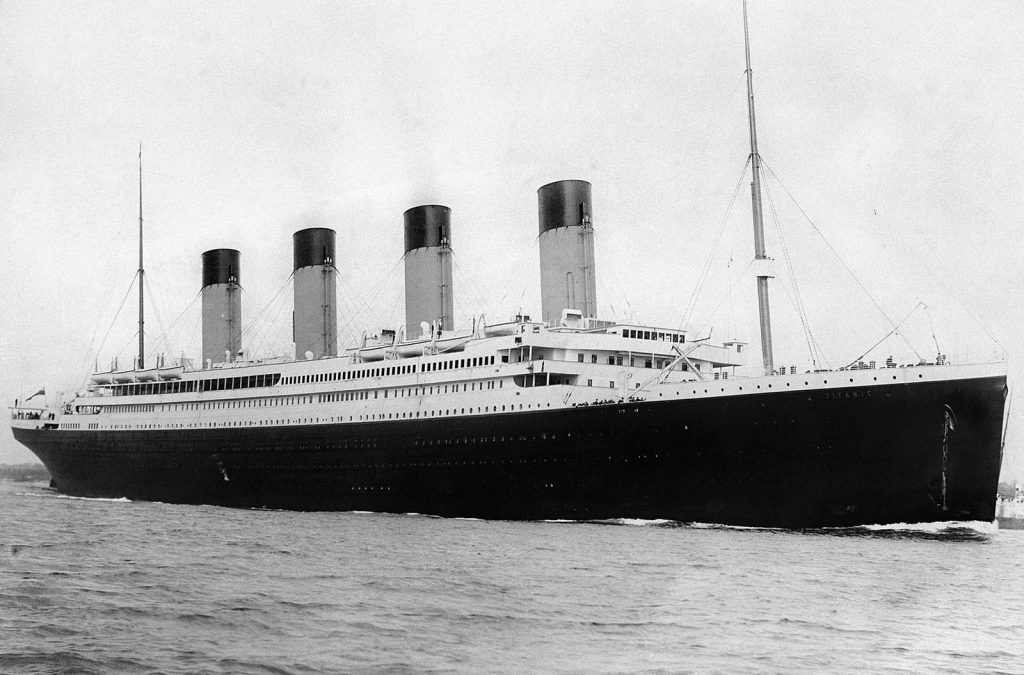In 1984, archaeologists first suspected that a long-lost stadium might lie buried beneath a horseshoe-shaped depression in the eastern section of the ancient Greek city of Magnesia.
This ancient settlement, now part of Aydın province in Turkey’s Aegean region, had already yielded significant historical finds, but the distinct curve of the land hinted at something monumental hidden below.
For years, this subtle contour was the only clue pointing to the existence of a structure that had been lost to time.

While initial surveys confirmed the potential of the site, large-scale excavations did not begin until 2004 under the direction of the Turkish Ministry of Culture.
What followed was a painstaking effort to clear centuries of accumulated earth, with tons of sand and compacted clay removed layer by layer.
These efforts revealed the stadium’s well-preserved remains, showing the wonderful ancient Greek architecture that had been buried for millennia.
Even now, excavation work continues as archaeologists carefully uncover more of the stadium’s features, piecing together its history while balancing preservation with discovery.

The Magnesia stadium was a grand venue where athletic games, gladiatorial contests, and chariot races once drew ancient audiences.
With a seating capacity of 30,000, it stands as one of the largest and best-preserved stadiums in Anatolia.
Its 189-meter-long track is believed to have remained in use until the 3rd century AD.
Located in the southern part of the ancient city, the stadium is adorned with over 150 reliefs carved into the arena and podium walls.
These intricate carvings illustrate scenes from various competitions, showing the prizes awarded, and depict the athletes who participated.

Unique to this stadium are its well-preserved vaulted passageways, which athletes used to enter the arena, adding a dramatic touch to their entrances.
The stadium’s design reflects a level of organization that mirrors modern seating arrangements.
Thousands of marble benches were carefully allocated to specific groups, as indicated by inscriptions found throughout the site.
These inscriptions reveal that occupational guilds and craftsmen’s associations had reserved sections, demonstrating the importance of professional solidarity even in public leisure activities.

The people of Magnesia also designated a special section for individuals with psychological disorders.
Rather than isolating these individuals, the community ensured they could participate in social life by providing them with a dedicated area to watch the games.
The ancient city of Magnesia is believed to have been founded by the Magnetes, a Greek tribe from Thessaly.
Although the city was named after its founders, it later became known as Magnesia on the Maeander to distinguish it from another nearby city, Magnesia ad Sipylum—modern-day Manisa in Turkey.

Magnesia thrived in a region known for its fertile land, producing high-quality wine, figs, and cucumbers.
The city was built along the slopes of Mount Thorax and near the small Lethacus River, a tributary of the Maeander, situated upstream from the renowned city of Ephesus.
One of the city’s notable landmarks was the Temple of Dindymene, dedicated to the Mother of the Gods, a deity deeply rooted in ancient mythology.
Historical accounts suggest that a wife or daughter of the Athenian statesman Themistocles served as a priestess in this temple.

However, by the time the geographer Strabo visited the area, the temple no longer existed, as the city had been relocated.
There are theories that Magnesia was originally situated closer to the Maeander River but was later moved to the base of Mount Thorax, approximately three miles from the riverbank.
The relocated city, observed by Strabo, became known for its impressive Temple of Artemis Leucophryene, which stood out as one of the defining monuments of the new settlement.

Strabo notes “The first city one comes to after Ephesos is Magnesia, which is an Aiolian city . . .
In the present city is the temple of Artemis Leukophryene, which in the size of its shrine and in the number of its votive offerings is inferior to the temple at Ephesos, but in the harmony and skill shown in the structure of the sacred enclosure is far superior to it.
And in size it surpasses all the sacred enclosures in Asia except two, that [of Artemis] at Ephesos and that [of Apollon] at Didymoi.”

The first archaeological excavations at Magnesia were carried out between 1891 and 1893 by a German team led by Carl Humann, renowned for discovering the Pergamon Altar.
Over the course of 21 months, the team partially uncovered several key structures, including the theater, the Temple of Artemis, the agora, the Temple of Zeus, and the prytaneion, offering clues into the grandeur of the ancient city.
After nearly a century of inactivity, excavations resumed in 1984 under the direction of the Turkish Ministry of Culture in collaboration with Ankara University.


















(Photo credit: Egisto Sani / Flickr / Turkish Ministry of Culture / RHP).


